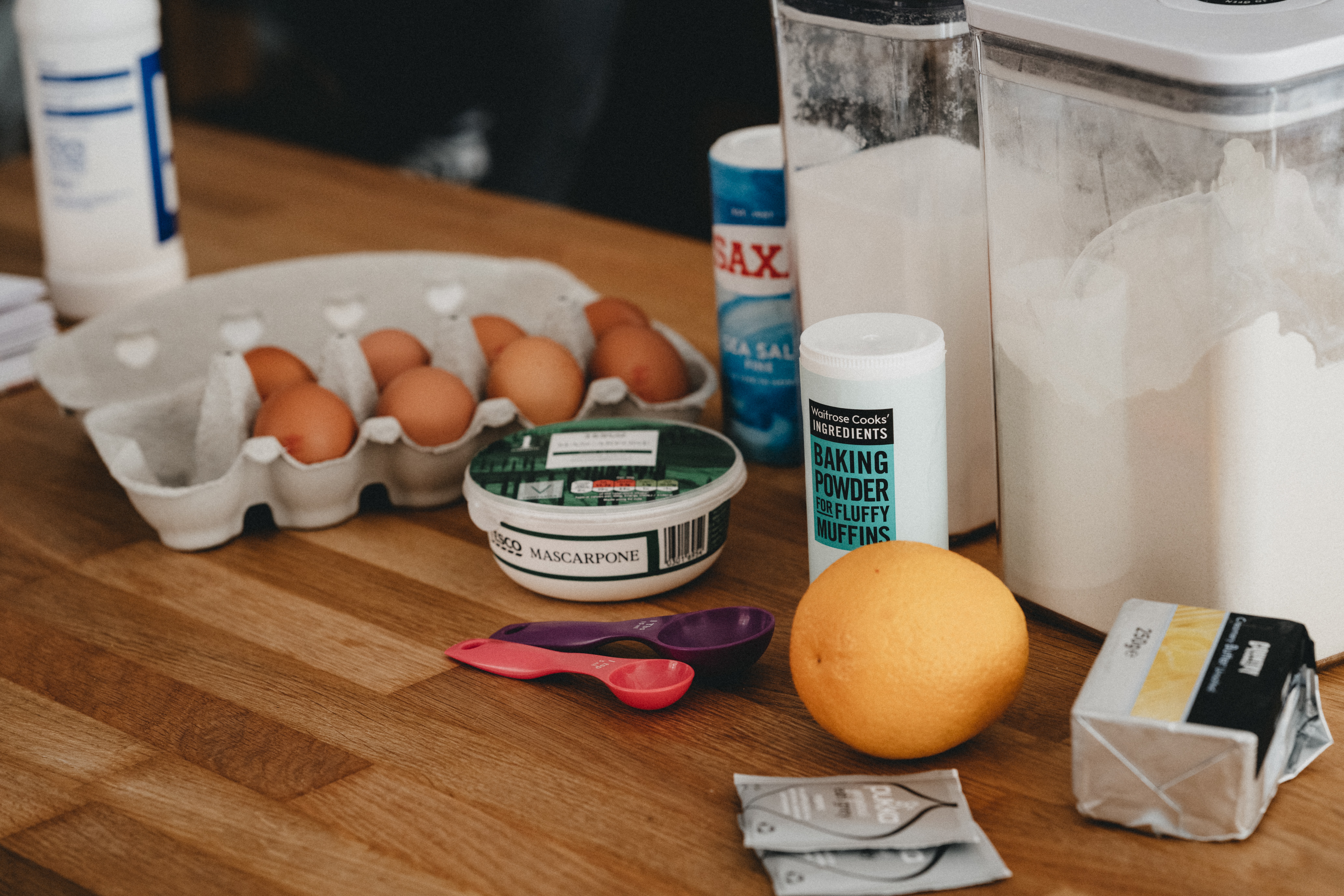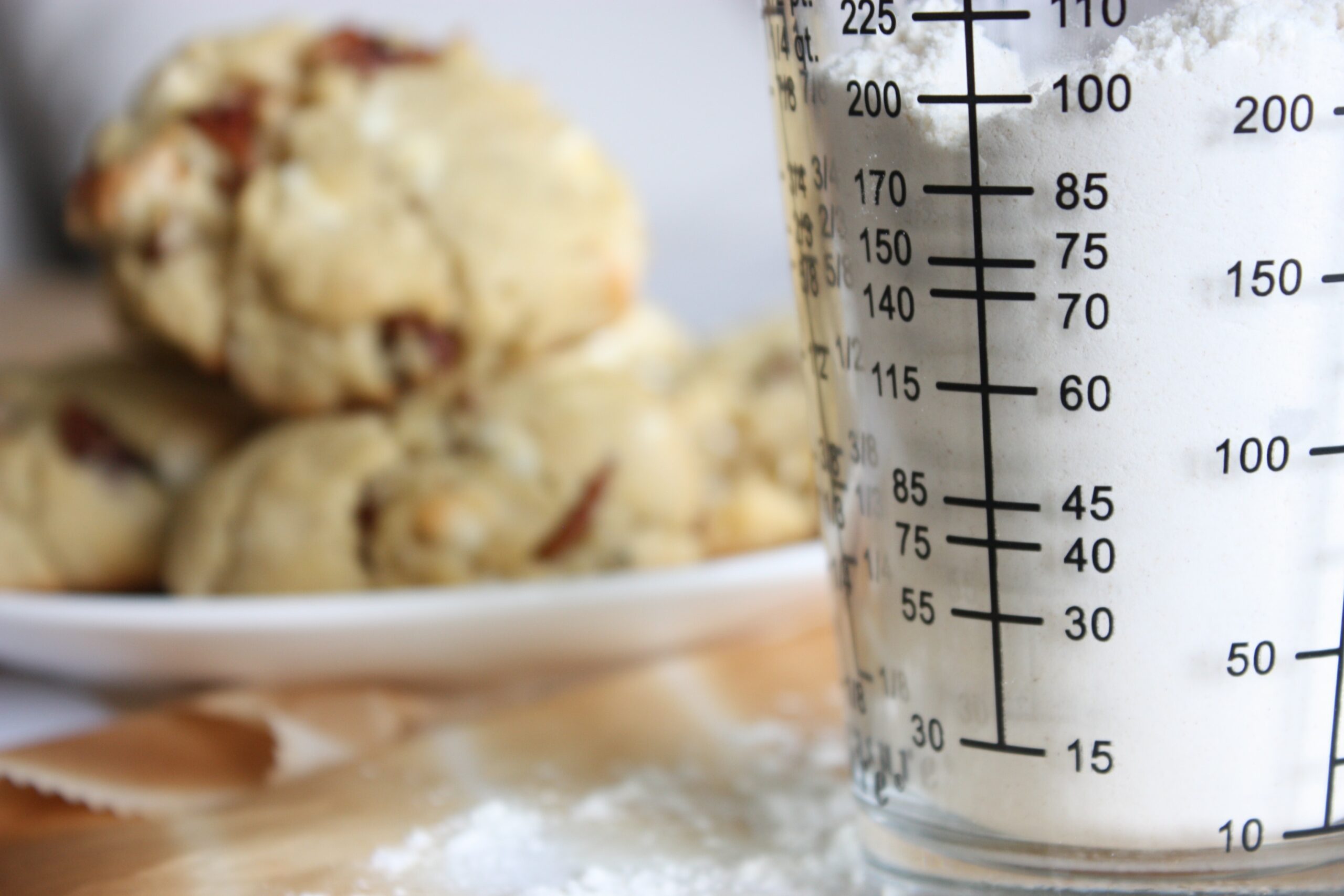A cup is a small unit of measurement used in cooking and baking. In these contexts, a “cup” does not refer to a unit of volume but rather a unit of mass.
A cup has different meanings depending on the culinary context in which it is used.
Generally speaking, one cup refers to one of the following:
- 236 mL (8 fluid ounces) (cooking)
- 236 mL (8 fluid ounces) (baking)
- 250 grams (8.8 ounces) (baking/desserts)
However, this is not universally agreed upon. Several variations exist, including:
- 240 milliliters, which is 8 fluid ounces
- 4 British imperial tablespoons, which is 10 fluid ounces
- 16 American tablespoons, which is 8 cups or 4 quarts
A US cup is 8 fluid ounces, equal 240 milliliters or 0.24 liters. A UK cup is 10 fluid ounces, which equals 280 milliliters or 0.28 liters.
Equipment for Measuring
The equipment for measuring ounces is essential for any kitchen or bar.
Measuring cups and spoons are the best way to ensure that your recipes are accurate and consistent, so you can always be sure that you’re serving the right amount of ingredients.
Whether you’re baking a cake, mixing a drink, or cooking up some spaghetti.
Preparing ingredient-filled dishes is simple with this selection of measuring equipment, which includes all manner of tools for precisely measuring liquid, solid, and powdered products.
- 8-ounce measuring cup
- 12-ounce measuring cup
- 16-ounce measuring cup
- 1/2-cup measuring spoon
- 1/4-cup measuring spoon
- 1/8-cup measuring spoon
- 3/4-cup measuring spoon
Granulated Measuring Cups
Granulated measuring cups are used for dry ingredients, like flour, sugar, and salt, that need to be measured by volume.
The spout allows you to pour the contents without spilling easily. Hold the cup level and then shake it gently or level off with a flat knife to get an accurate measurement.
Make sure not to pack down the ingredients in the cup when leveling off with a knife.
Liquid Measuring Cups
For decades, measuring cups have measured both ounces and milliliters.
While this is convenient, it can be difficult to get an accurate measurement when the millimeter side of the cup is bumped or jostled.
The liquid measuring cup was designed to eliminate these issues.
The cup has two separate chambers: one for measuring ounces and a second for measuring millimeters.
The two chambers are separated by a sturdy divider that ensures the fluid level in each is visible through a clear plastic window.
Measuring Spoons

Measuring spoons are used to measure liquid or dry ingredients, but most are designed to measure teaspoons and tablespoons.
These measuring spoons have been designed to read from the top of the scoop so that you can easily measure your recipe’s ingredients in ounces.
There would always be a conversion table on the backside of the packaging.
Butter and Coconut Oil
The most common way to measure butter or coconut oil is with measuring cups.
Measuring cups are labeled with volume (cup) measurements, but conversion charts are available to convert volume measurements to weight measurements.
This may be helpful if you want to use a scale to measure ingredients.
The most common measuring cup is called a “dip and sweep” measure, which is a cup with both a liquid and a dry ingredient line.
To use this type of measuring cup, scoop the ingredient up from the container using the dry ingredient line and then level off the ingredient with the back of a knife when it’s in the measuring cup.
In the United States, butter is packaged in ¼ cup sticks, ½ cup sticks, and 8 tablespoons per stick.
If you’re using butter from a European country, it will often come in 100 g bars instead of sticks. One stick of butter is about 50g.
The butter or coconut oil packaging will usually have ¼ cup, ½ cup, and tablespoon marks if made in the United States.
Liquid Fluid or Volume
US Standard = Metric (Approximate)
1 Tablespoon = ½ Fluid Ounce = 15 ML, 15 CC
2 Tablespoons = 1 Fluid Ounce = 30 ML, 30 CC
¼ Cup = 59 ML
⅓ Cup = 79 ML
½ Cup = 118 ML
⅔ Cup = 158 ML
¾ Cup = 177 ML
1 Cup = 237 ML
1 ½ Cups = 355 ML (U.S.) or 473 ml (Metric)
2 Cups = 473 ml (Metric) or 946 ml (U.S.) or 1 Pint (U.S.) or 16 Tablespoons (U.S.) or 24 Tablespoons (Metric)
3 Cups = 710 ml (U.S.) or 1 Gallon (U.S.) or 2 Liters (Metric) or 946 ml /32 Tablespoons (U.S.)
4 Cups = 946 ml (U.S.), 2 Pints, 2 Quarts, 2 ½ Pints, 3 Liters, 64 Tablespoons (U.S.).
Dry Weight
US Standard = Metric (Approximate)
The general rule of thumb for measuring weight is that one ounce equals 30 grams. However, there are a few different methods for measuring ounces and pounds. Here are the most common:
½ Ounce = 15 Grams
1 Ounce = 30 Grams
2 Ounces = 60 Grams
3 Ounces = 85 Grams
4 Ounces = ¼ Pound = 115 Grams
8 Ounces = ½ Pound = 225 Grams
12 Ounces = ¾ Pound = 340 Grams
16 Ounces = 1 Pound = 455 Grams
How Many Cups Is 8 Ounces?
There is a fairly simple answer to that. If you are a baker, the number of cups in 8 ounces depends on the size of your cups.
However, if you use the typical measuring cup, which is 2/3 of a cup, then 8 ounces equals 4 cups. If you use a 1 cup measuring cup, you need 12 ounces of flour to equal 4 cups.
Of course, if you are using a recipe that calls for a certain number of cups of flour, it will be much easier if you just use the type of measuring cup it calls for.
For instance, one popular cookie recipe calls for 2 1/2 cups of flour.
That would be 6 2/3 cups if you were using the typical measuring cup or 5 1/2 cups if you were using the rounded-up version that most people use when measuring dry ingredients.
It can become confusing very quickly. The best way to avoid those issues is to stick with recipes that list their ingredients in weight rather than volume.
Conclusion
Food is a big part of our lives, and we eat it every day. It’s delicious and necessary, so we’ve come to expect a certain level of convenience in our food.
With that expectation comes the need for speed, efficiency, and comfort in our cooking methods. Ounces are an essential tool for every chef who’s serious about their craft.
They make weighing ingredients a breeze and help you easily keep track of what you’re using, as well as its cost. They’re also great for measuring out liquids and solids too.
Similar Posts:
- How Many Tablespoons in an Ounce?
- How Many Quarts in a Gallon?
- How Many Ounces in A Pound?
- How Many Ounces Are in a Quart?
- How Many Grams in A Pound?
- What Are The Lines On Starbucks Cups? (+ Other Common Faqs)
- Handy Measuring Tricks DIYers Should Know
- What Do The Lines On Starbucks Cups Mean? (What To Know!)
- How Big Is A Venti At Starbucks? (Is It A Large, Bigger Than Grande + More)
- What Are 711 Slurpee Sizes? (Your Full Guide)

